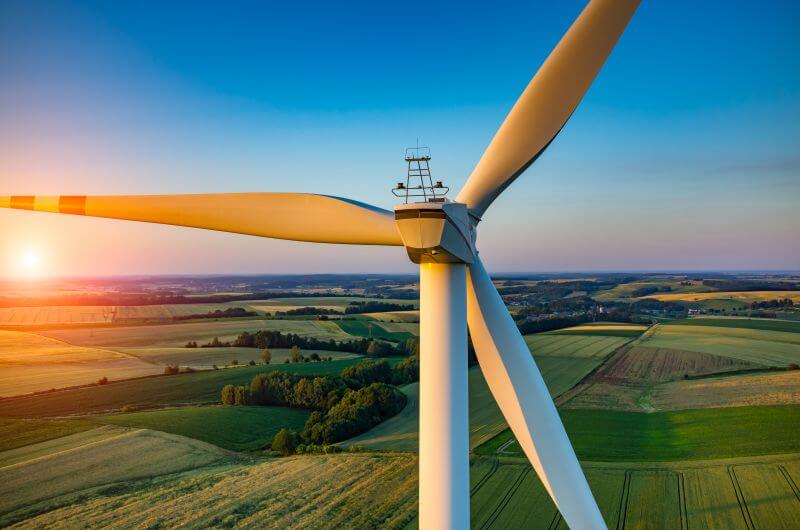GHG Protocol launches two public consultations
The Greenhouse Gas Protocol (GHG Protocol) has announced two public consultations, lasting for a 60-day period5. One of these consultations is focused on updating its Scope 2 Guidance (2015), a framework that provides advice for businesses reporting on their emissions from purchased electricity, helping to ensure that the framework is reflective of the changing energy systems and disclosure requirements seen worldwide. The other consultation addresses methods of estimating, and accounting for, the avoided emissions from the impact of ‘clean’ energy procurement.
To find out more about how you can participate in the feedback period, visit here6.
Data centres are moving locations due to grid delays
One of the biggest challenges faced by UK data centre developers is being able to secure grid connections, according to a recent poll. Although the UK data centre sector is projected to potentially add £44 billion to the UK’s economy by 2035, over half (54%) of developers see securing grid connections as one of the biggest hurdles, with 84% considering network reliability as vital. The cost of energy and pricing uncertainty exacerbates these delays, according to 36% of respondents.
Delays in the process of connecting data centres to the grid, due to data network or connectivity restrictions, has led to half of all data centre projects having to change location. As well as this, the cost of grid connections means that 76% of respondents are interested in exploring international, more affordable alternative locations, such as in Africa and Asia.
Removing these data centre projects from the UK economy may impair the financial benefits the UK could reap from the sector’s growth, but the poll shows that 64% of developers are still optimistic that Britain can become a leader in data centres. It’s crucial that these barriers to grid connections are addressed, as grid connections are not only essential for data centres, but also for the energy transition as a whole.
To access the full findings, visit here8.
Fewer than 90 nations submitted climate pledges ahead of COP30
Less than 90 nations updated their 2035 Nationally Determined Contributions (NDCs) ahead of COP30 (Conference of the Parties 30)9, which started on Monday 10th November. The pledges of each nation represent their determination to limit climate change, with increasingly ambitious targets to reduce emissions with an explanation of how they will be met.
As well as the nations who had submitted their NDCs by the initial UN deadline, many countries announced their pledges at the UN Climate Week hosted in New York, including China. Additionally, the European Union (EU) also submitted their NDC a few days ahead of COP30. Despite this progress, many nations have yet to submit their NDCs, but we’re hopeful to see more updates during the next few weeks while COP30 discussions progress.
Later this month, we will be updating you on the key takeaways from COP30, especially regarding any impacts on the energy industry and renewable energy. In the meantime, you can find out more about COP30 here10.
Over half of new car registrations in the UK are electrified
For the first time on record, over half of all new UK cars registered in the month of September were either hybrid or fully electric vehicles (EVs), according to research from the Society of Motor Manufacturers and Traders (SMMT). This included 72,779 registered battery electric vehicles (BEVs) – the highest registered amount yet in a single month for BEVs. Driving factors for this increase were the growing number of various models for consumers to choose from, discounts from manufacturers, and the Government’s Electric Car Grant.
The largest increase was recorded amongst fleets, which is a group of vehicles under one organisation, which grew 16.9% to 174,336 units, whilst business registrations had the biggest increase by percentage, rising 28.6% to reach 7,552.
It’s positive to see this rise in EVs as the UK moves towards decarbonising transport, and we anticipate continued growth as the Government phases out the selling of new petrol and diesel cars. To find out more about this milestone, visit here11.








